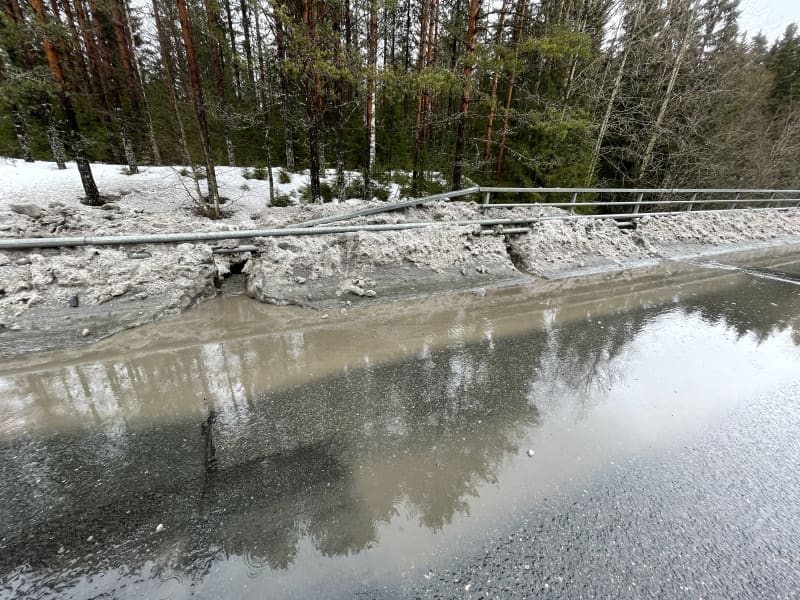
The two-year project will map the risks to surface and groundwater from winter stormwater.
In Lahti and Hollola, the quality of snow and winter meltwater is being investigated. The project, which will run until the end of 2024, will map the risks to surface and groundwater from winter stormwater.
Risks are expected to increase as the climate changes, with more frequent winter thaws and extreme events such as heavy rainfall.
The first step is to determine the amount of pollutants in snow accumulating in urban areas and along transport routes. The poor and variable winters lead to an increase in meltwater, which contains pollutants, especially from traffic.
From the point of view of cost management, the research results point to, for example, more rational organization of snow transport, says Järveläinen.
– Snow in the worst condition is moved to places where it is possible to handle it safely. On the other hand, cleaner snow can be allowed to melt more locally.
According to Järveläinen, the results of the snow and meltwater samples collected in the spring and winter will be clear by early autumn 2023 at the latest.
*Follow Päijät-Häme’s news* *Yle Areena**.*
